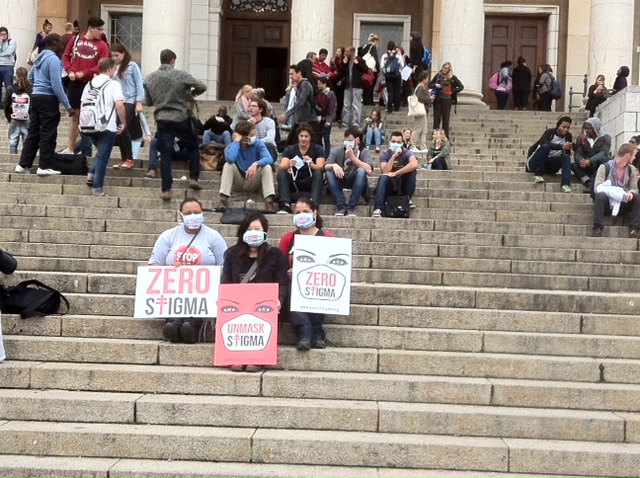Lesson Plan April 1, 2016
Tuberculosis: A Call to Action
Country:
Grades:
- What are examples of types of action a reader could take after seeing one of these articles that would immediately or eventually lead to policy change? Be sure to consider the accumulation of small actions as well as the impact of big actions.
- What are the mechanisms through which this type of journalism can lead to readers taking some concrete action that will lead to policy change? A sense of hope? The excitement of new technology? The fear of XDR? An assessment of how depressing the current situation is? Personal stories? Are there other mechanisms you identified from the readings?
- Of these mechanisms is there one that you think seems to work most effectively for TB? Explain why.
- Do any of these mechanisms have the opposite effect in the assigned articles — making the reader feel like action towards controlling TB is fruitless or hopeless?
- Which images that accompany the stories are most likely to support a call to action? What characteristics do these images have? Which is the single most effective image?
- The way journalists write about different public health issues is influenced by the mindset of the sources they speak to. Can you see differences in the way the TB epidemic is discussed compared to the HIV or malaria that is driven by perception rather than by differences in the nature of the epidemic?
Instructions:
1. Watch the Youtube video that introduces David Rochkind (our guest speaker) and visual journalism.
2. Read the set of short articles in this lesson.
Start with "South Africa: TB Community Borrowing a Page from HIV/AIDS" to get a sense of how the current state of TB is described to a general audience. (Remember that South Africa is on the cutting edge of world TB policy.)
3. Answer the following discussion questions (in the Questions section at right) and prepare detailed notes to use for our discussion on Wednesday April 6. (Your grade for in-class activity 5 will be based on your in-class contributions; you will not have to submit a written assignment.)
In the video, David Rochkind discusses the purposes of "visual journalism": "engage people on issues" … "give them an emotional understanding of what's happening"… "you want them to care about your issue"…"that can't be done with data alone or with writing alone". To be sure, visual journalism is an important output in itself, but today we will examine the role it can play in driving policy change by inspiring readers to "do something". The question we have from a policy perspective is, how is the impact of these articles on the reader translated (or not) into some kind of action that could lead to policy changes?
Pulitzer Center Education Department note: The following lesson plan is written for students to be able to explore the resources and reflection exercises independently.
REPORTING FEATURED IN THIS LESSON PLAN
-
 English
EnglishEducation Resource
The Role of Visual Journalism in Global Health
This video interview was developed specifically for our Global Health Lesson Builder Initiative...
-
×
 English
English -
×
 English
English -
×
 English
English















